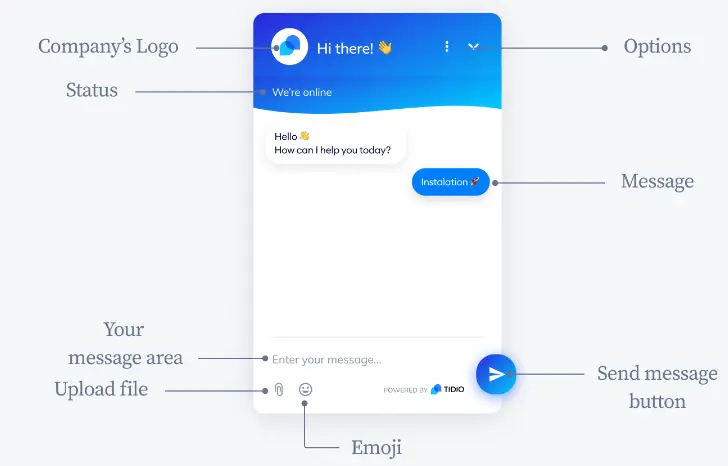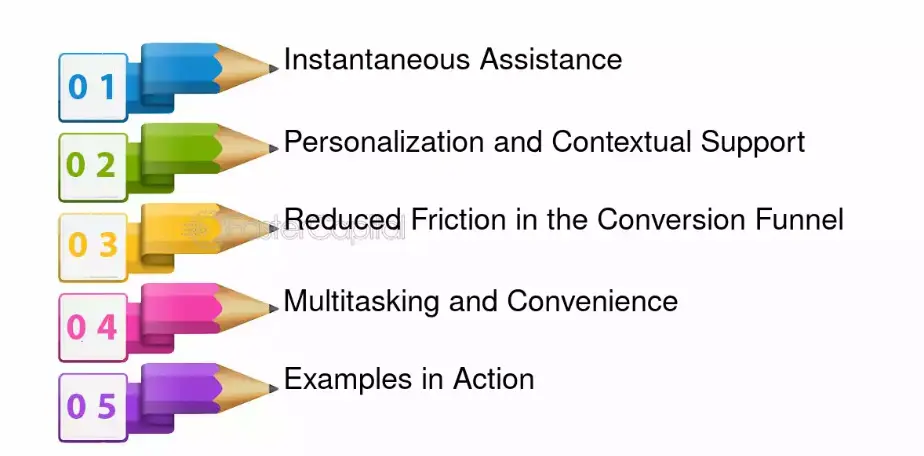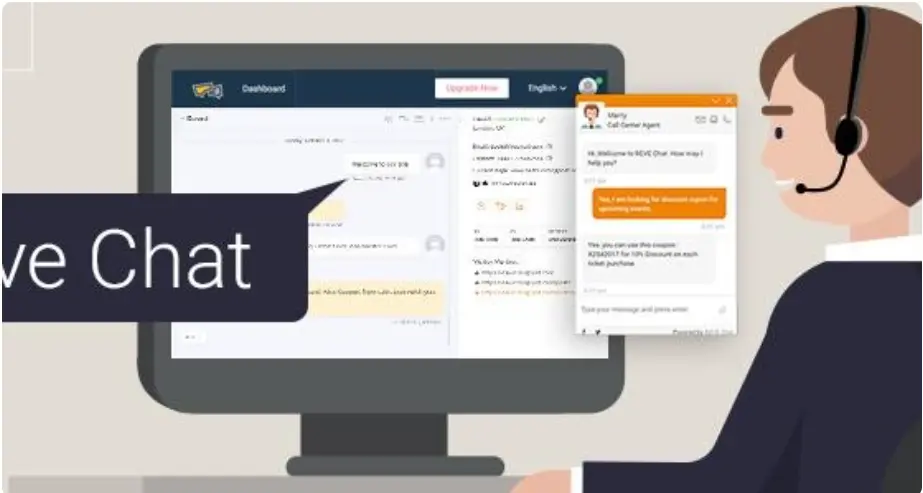Introduction
Chat is dead. Surprised? You shouldn’t be.
Traditional real-time chat is rapidly losing its charm. The days of endless text exchanges and constant notifications are over.
Why? Because people are craving something more meaningful, more efficient. Enter the world of advanced real-time chat.
This guide will explore the evolution of real chat, highlighting why traditional methods are fading and what’s taking their place. We'll dive into the tools, techniques, and best practices for creating impactful conversations in today's fast-paced digital age.
How Real-Time Chat Works

Understanding real-time chat is essential in the digital world. It enables instant real-time communication, making interactions smooth and efficient.
Basic Mechanics
Real-time chat involves several steps and components working together to ensure messages are sent and received instantly. When you send a message, it's more than just text being transferred. The process involves servers, clients, and protocols to ensure everything runs smoothly.
Key Components
The key components of real-time chat is as follows:
Servers: Think of servers as the central hub for real-time chat. When you send a message, it first goes to the server. Imagine using a customer support real chat on a website. Your query is sent to the server, which processes it and forwards it to the support agent.
Clients: These are the devices or applications used by the sender and receiver. When a customer support agent receives your message on their platform, their client device (like a computer or smartphone) displays the message instantly.
Protocols: Protocols are the rules that govern data transfer. They ensure your message gets to the correct destination. In a real-time chat setup, protocols manage how data flows securely and swiftly between users and servers.
Message Flow from Sender to Receiver
When you send a message, here's the step-by-step flow:
Sender Types a Message: You type a query into a customer support chat on your device.
Message Sent to Server: The real-time communication message travels from your device to the server, where it's processed.
Server Relays Message: The server identifies the correct recipient, such as a customer support agent, and sends the message.
Recipient Receives Message: The recipient’s client device gets the message, displaying it in real-time for an instant response.
Benefits of Real-Time Chat

Real-time chat offers numerous advantages that have revolutionized real-time communication and collaboration. By enabling instant real-time communication, it transforms productivity, customer support, and team collaboration.
Instant Communication
Real-time chat allows messages to be sent and received instantly. Picture a customer asking a question on an e-commerce website. With real-time chat, the customer gets an immediate response. Thus leading to higher satisfaction and quicker decision-making.
Increased Productivity
Real-time chat boosts productivity by streamlining real-time communication. Consider a team working on a project. Instead of waiting for email responses, team members can quickly discuss issues and share updates. This real-time interaction accelerates problem-solving and project completion.
Better Customer Support
Real-time chat provides superior customer support. Imagine contacting a support team about a product issue. With real-time chat, your concerns are addressed immediately, reducing wait times and enhancing the customer experience. This instant support helps build trust and loyalty.
Enhanced Collaboration
Real-time chat enhances collaboration among team members. Think about remote workers spread across different time zones. With real-time chat, they can coordinate tasks, share files, and brainstorm ideas seamlessly. Thus ensuring everyone stays on the same page and works efficiently.
Types of Real-Time Chat Applications
Real-time chat applications have become indispensable in various aspects of the digital lives. From personal messaging to professional collaboration, these applications streamline real-time communication and enhance productivity.
Messaging Apps
Messaging apps like WhatsApp and Telegram are popular for personal real-time communication. Imagine you need to share an urgent update with a family member. With real-time chat, your message is delivered instantly. Thus ensuring immediate real-time communication and quick responses.
Customer Support Chat

Customer support chat applications are vital for businesses. Picture yourself facing an issue with an online purchase. Real-time chat allows you to connect with a support representative instantly. It resolves your issue quickly and improves your overall customer experience.
Collaborative Tools
Collaborative tools such as Slack and Microsoft Teams are essential for workplace communication. Think about a team working on a tight deadline. Real-time chat in these tools enables team members to discuss tasks, share files, and coordinate efforts efficiently. Thus ensuring the project stays on track.
Social Media Chat Features
Social media platforms like Facebook and Instagram offer real-time chat features to keep users connected. Imagine planning a group event with friends. Using real-time chat on social media, you can coordinate details, share updates, and ensure everyone is informed without delays.
Frequently Asked Questions (FAQs)
How does real-time chat work?
Real-time chat works by transmitting messages through servers using protocols, ensuring instant delivery to the recipient’s device. This process involves clients (user devices) and servers that handle message processing and delivery.
What are the benefits of real-time chat?
Real-time chat offers instant communication, increased productivity, better customer support, and enhanced collaboration. It ensures timely responses, streamlines workflows, and improves user experience across various platforms.
What are popular real-time chat applications?
Popular real-time chat applications include WhatsApp, Telegram, Slack, Microsoft Teams, and social media chat features on platforms like Facebook and Instagram. These tools facilitate instant messaging for personal, professional, and customer support purposes.
How can real-time chat improve customer support?
Real-time chat improves customer support by providing immediate responses to customer inquiries. This reduces wait times, resolves issues quickly, and enhances overall customer satisfaction and trust in the service.
Why is real-time chat important for businesses?
Real-time chat is important for businesses as it enhances communication efficiency, improves customer service, and supports team collaboration. It enables quick problem-solving and helps maintain seamless interactions with customers and team members.
